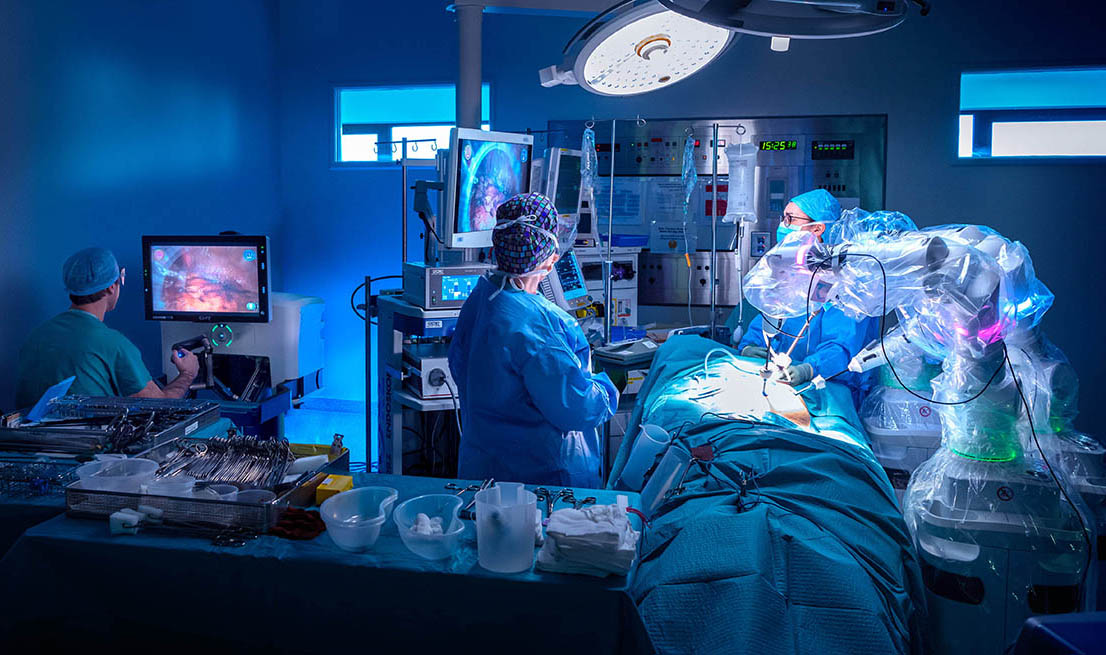NHS Robotic Surgery Strategy: A Decade of Healthcare Automation

The last ten years have seen a massive revolution in healthcare. Amongst the most significant developments is robot-assisted surgery becoming part of the National Health Service (NHS). Gone are the days of science fiction, robotic doctors are increasingly the valued colleague for doctors, improving precision and efficiency in the operating theater.
The Rise of Robotic Surgery
Initially, robot surgery was a preserve of specialist hospitals only. With progress in technology and prices becoming lower, the NHS began to implement the systems on a wider scale. The UK is now projecting one out of every eight procedures to be robot-assisted by 2035, as recently reported, which is opening up a new era of healthcare automation.
How Robots Change Surgical Results
Compared to traditional methods, robotic surgeons provide enhanced dexterity, 3D magnified visualization, and minimally invasive surgery. Next, patients experience smaller incisions, reduced blood loss, faster recovery, and fewer complications. For surgeons, it reduces fatigue and allows more complex procedures with assurance.

Key Examples of Robotic Surgical Systems
Several cutting-edge robotic platforms are already available in NHS hospitals:
Da Vinci Surgical System – Widely applied in urology, gynecology, and cardiac surgery.
Versius by CMR Surgical – British-designed technology that is flexible, transportable, and affordable.
MAKO by Stryker – Streamlined for orthopedic procedures such as hip and knee replacements.
All of these systems illustrate how automation can enhance, but not replace, the abilities of human surgeons.

The Benefits for the NHS and Patients
Transitioning to robot-assisted surgery has clinical and economic advantages. To the patient, reduced hospital stay reduces infection risk and faster return to daily life. To the NHS, it represents reduced healthcare cost over the long term, as well as being able to cope with a greater volume of surgery.
Challenges Along the Way
But there are issues. Exorbitant start-up costs, need for professional training, and ethical concerns of excessive reliance on machines continue to be the cause of debate. But as transition words would suggest, despite these problems, long-term benefits easily overwhelm the negatives.
Peeking into the Future
Robot-assisted surgery by 2035 will no longer be “advanced” but commonplace. And with AI-driven surgical guidance, real-time analysis, and intelligent automation changing even further, the NHS will be at the forefront of healthcare innovation in the world.
